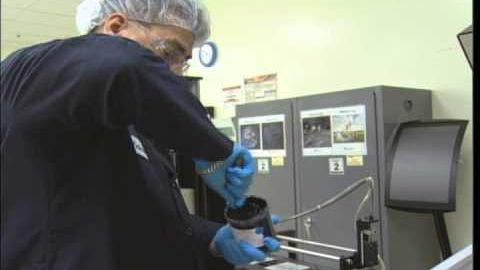NASA成功的標誌視頻。彭博能源 (NASA Hallmark of Success Video: Bloom Energy)
songwen8778 發佈於 2021 年 01 月 14 日  沒有此條件下的單字
沒有此條件下的單字US /ˈævərɪdʒ, ˈævrɪdʒ/
・
UK /'ævərɪdʒ/
- n. (c./u.)平均
- v.t.算出...的平均數
- adj.平均的;一般的,通常的;中等的
US /əˈmaʊnt/
・
UK /ə'maʊnt/
- v.i.(歲數等)超過;逾;改變;變成;轉變
- v.t./i.轉彎;轉
- n.(道路)彎;依序;依次;輪流;輪班;(依次輪流時各自的)一次機會;轉變;變化
- v.t.使成形;車削
- v.t./i.吹動;吹氣;擰(鼻涕)
- n.打擊;噴氣;吹氣;擊打
- v.i.吹;燒斷
- v.t.錯失;飛吻
- phr. v.炸毀

